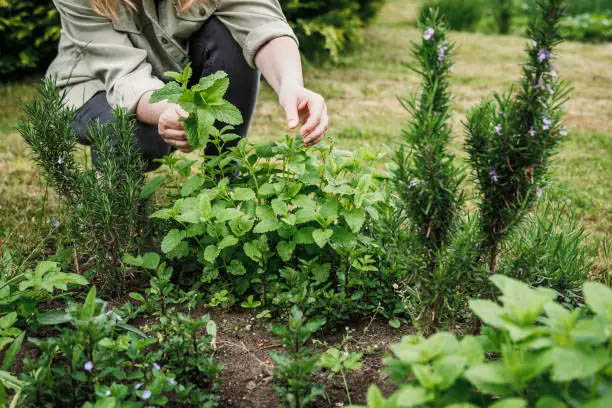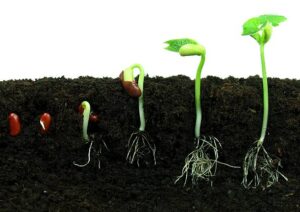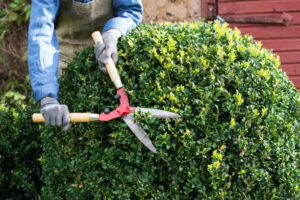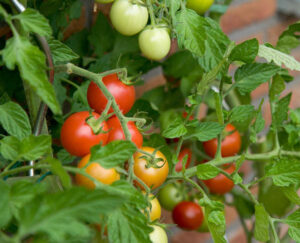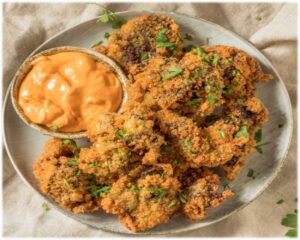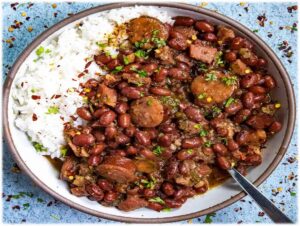Herbs are some of the most rewarding plants to grow in a garden. They require minimal space, can often thrive indoors and outdoors, and bring fresh flavors and scents into your home. Whether you’re a seasoned gardener or just starting out, this guide will help you successfully grow popular herbs and enjoy their abundant benefits.
Choosing the Right Herbs
Before you plant, consider which herbs will best suit your needs and growing conditions. Here are some popular choices that are both useful and easy to grow:

Basil: A staple in Italian and Southeast Asian cuisines, basil is loved for its aromatic leaves. It thrives in warm, sunny conditions.

Mint: With its invigorating scent and vigorous growth, mint is great for teas and cocktails. Be wary, though; it can be invasive, so it might be best grown in containers. When choosing the type of mint consider that peppermint generally has a stronger, more intense flavor and cooling effect compared to spearmint, which offers a sweeter and milder taste, making each ideal for different culinary uses.

Cilantro: Essential in Mexican and Indian dishes, cilantro prefers cooler temperatures and can bolt (flower and set seed) quickly in heat.

Parsley: This versatile herb, used in European and Middle Eastern cooking, grows well in partial shade to full sun.

Rosemary: Known for its woody fragrance, rosemary is perfect for a sunny, well-drained spot and can tolerate drought, making it a great choice for xeriscaping.

Thyme: Excellent for cooking and as a ground cover, thyme loves full sun and well-drained soil.

Lavender: Renowned for its soothing fragrance and beautiful blooms, lavender prefers full sun and well-drained, slightly alkaline soil. It’s ideal for creating a border or as part of a rock garden.
Planting Your Herbs
To get the most out of your herb garden, follow these planting tips:
- Soil Preparation: Most herbs prefer well-draining soil with a neutral to slightly alkaline pH. Enhance your garden soil by mixing in compost to improve drainage and nutrient content.
- Sunlight: Ensure your herbs get at least six hours of direct sunlight daily. If you’re growing indoors, a south-facing window or a grow light can provide sufficient light.
- Watering: While herbs generally prefer drier conditions, it’s important to keep the soil slightly moist until they are well-established. Once mature, most herbs can handle somewhat drier soil.
- Spacing: Give each herb enough space to grow. This varies by plant but typically ranges from 12 to 18 inches apart, which allows for proper air circulation and reduces the risk of fungal diseases.
Maintenance and Harvesting
Caring for your herbs is straightforward but essential for healthy plants and productive yields:
- Pruning: Regular pruning not only helps maintain an attractive shape but also encourages the plants to become bushier and produce more leaves. Always prune with clean, sharp shears.
- Feeding: Herbs do not generally require a lot of fertilizer. Overfeeding, especially with nitrogen-rich fertilizers, can lead to lush growth but poorer flavor. A light application of a balanced, organic fertilizer in the spring is usually sufficient.
- Harvesting: Harvest your herbs in the morning after the dew has dried but before the sun is at its hottest. This helps ensure the best flavor. For continual production, never harvest more than one-third of the plant at one time.
Pest and Disease Management
Herbs are relatively resistant to pests and diseases, but they’re not immune. Keep an eye out for common issues like aphids and fungal infections. Most problems can be prevented or managed with good cultural practices, such as proper spacing and avoiding overhead watering. For pests, organic options like neem oil or insecticidal soap can be effective.
Add Flavor To Your Food And Your Garden

Growing herbs can transform your cooking, enhance your garden, and even benefit your health. With just a little space and effort, you can enjoy a wide range of flavors and aromas right from your backyard or windowsill. Whether you choose to grow a single type of herb or a complete culinary collection, the satisfaction of harvesting your own herbs is incomparable. Start planning your herb garden today and reap the delicious rewards!

